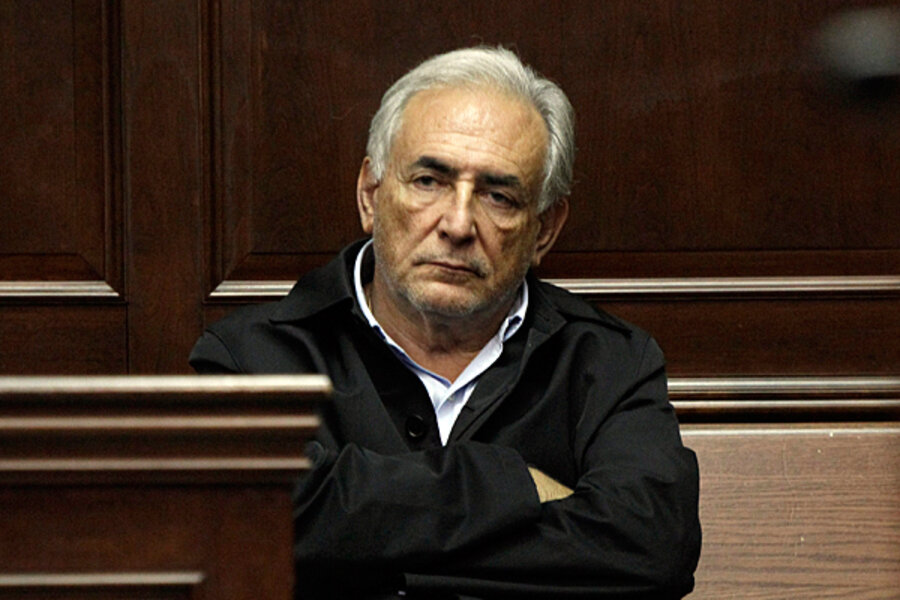Much of the French ado over US media coverage of Strauss-Kahn has focused on the infamous “perp walk.” In the US, it is standard procedure for police to walk a suspect out in handcuffs in front of photographers, as it did with Strauss-Kahn.
In France, showing images of a suspect in handcuffs has been illegal since 2000, based on the belief that doing so undermines a person’s presumption of innocence. There are also no cameras in the courtrooms. France’s broadcasting watchdog agency, the Conseil Supérieur de l'Audiovisuel (CSA), warned television stations against showing footage of Strauss-Kahn in handcuffs unless he is convicted. According to The Wall Street Journal, a media outlet can be fined as much as $21,300 for displaying those images.
"We've been watching Strauss-Kahn on prime-time TV shows and on the front page of all newspapers handcuffed, being forcibly pushed into a car by policemen, and this is contrary to the spirit of the law," Dominique de Leusse, a lawyer for Strauss-Kahn, told reporters. "Even if the handcuffs weren't apparent, it was obvious that he was being coerced."





